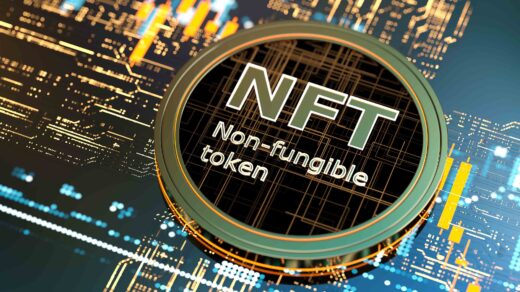The digital transformation brought about by tokenization has disrupted various industries and redefined the concept of ownership, making intellectual property rights more important than ever.
Intellectual Property Rights (IPR) Agreements play a crucial role in this evolving landscape, ensuring that creators and innovators can protect and monetize their intellectual property while participating in the world of tokenization.
In this article, we will explore the concept of an Intellectual Property Rights Agreement, its key clauses, importance, and the benefits it offers in the context of tokenization.
Defining an Intellectual Property Rights Agreement
An Intellectual Property Rights Agreement is a legal contract that defines the terms and conditions governing the use, ownership, and protection of intellectual property.
In the context of tokenization, this agreement ensures that intellectual property assets are accurately represented as tokens and that ownership and usage rights are clearly defined.
Key Clauses of an Intellectual Property Rights Agreement
- Parties and Recitals:
- The agreement begins by identifying the parties involved, which typically include the owner of the intellectual property and any other stakeholders. The recitals section provides context and background information about the intellectual property being tokenized.
- Definitions:
- This section defines key terms used throughout the agreement to ensure a common understanding of the terminology.
- Scope of Intellectual Property:
- Outlines the intellectual property being tokenized, including details about its nature, scope, and ownership. It may specify whether it’s copyrighted material, patented technology, trademarks, or trade secrets.
- Tokenization Process:
- Describes the process of converting the intellectual property into digital tokens and how these tokens will be managed and distributed. This clause may include details on the initial token offering (ITO) and subsequent transactions.
- Rights and Obligations:
- Specifies the rights and obligations of the parties involved, including the owner’s rights to use, license, or sell the tokens, and the rights and restrictions of token holders.
- Ownership and Licensing:
- Clarifies the ownership of the tokens and how licensing or sublicensing may occur, as well as any royalties or fees associated with such activities.
- Protection of Intellectual Property:
- Outlines the measures and responsibilities for safeguarding the intellectual property rights, including provisions for enforcing those rights against infringing parties.
- Dispute Resolution:
- Establishes a mechanism for resolving disputes related to the intellectual property rights, which may include arbitration, mediation, or legal proceedings, ensuring a fair and efficient process.
Importance of Intellectual Property Rights Agreements in Tokenization
- Protection of Innovation: These agreements ensure that the intellectual property owner’s innovative creations are safeguarded and that they retain control over their usage.
- Monetization Opportunities: Intellectual property owners can tokenize their assets and offer them to a wider audience, creating new avenues for monetization.
- Clarity and Legal Certainty: These agreements provide legal clarity and certainty regarding ownership, usage rights, and potential disputes, which is crucial for both the creator and token holders.
Benefits of Intellectual Property Rights Agreements in Tokenization
- Preservation of Value: By clearly defining ownership and rights, these agreements help preserve the value of intellectual property in the tokenized form.
- Expansion of Markets: Tokenization enables creators to tap into new markets and investors who may not have had access to their intellectual property assets otherwise.
- Efficiency: Clear terms and conditions streamline the process of creating, issuing, and trading intellectual property tokens, making transactions more efficient.
- Innovation and Collaboration: These agreements foster innovation by encouraging creators to explore new ways to monetize their intellectual property and collaborate with like-minded partners.
Conclusion
Intellectual Property Rights Agreements are pivotal in the rapidly changing landscape of tokenization. They provide creators with the means to protect, monetize, and collaborate on their intellectual property assets while ensuring that token holders understand and respect the ownership and usage rights.
These agreements help preserve the value and integrity of intellectual property in the tokenized form, creating a win-win situation for creators and investors. In the age of tokenization, understanding and implementing Intellectual Property Rights Agreements is paramount for those looking to capitalize on the opportunities presented by this digital transformation.




